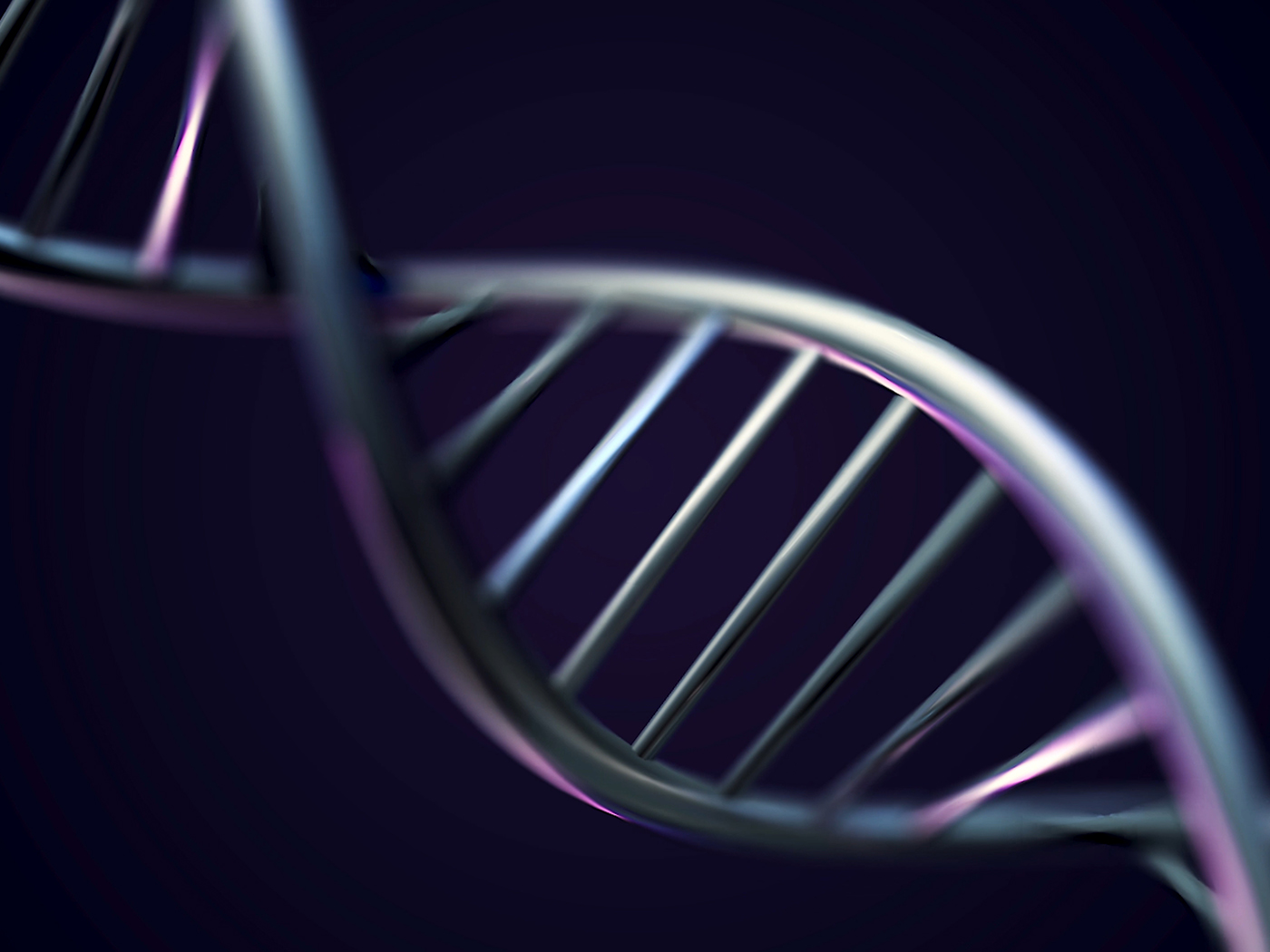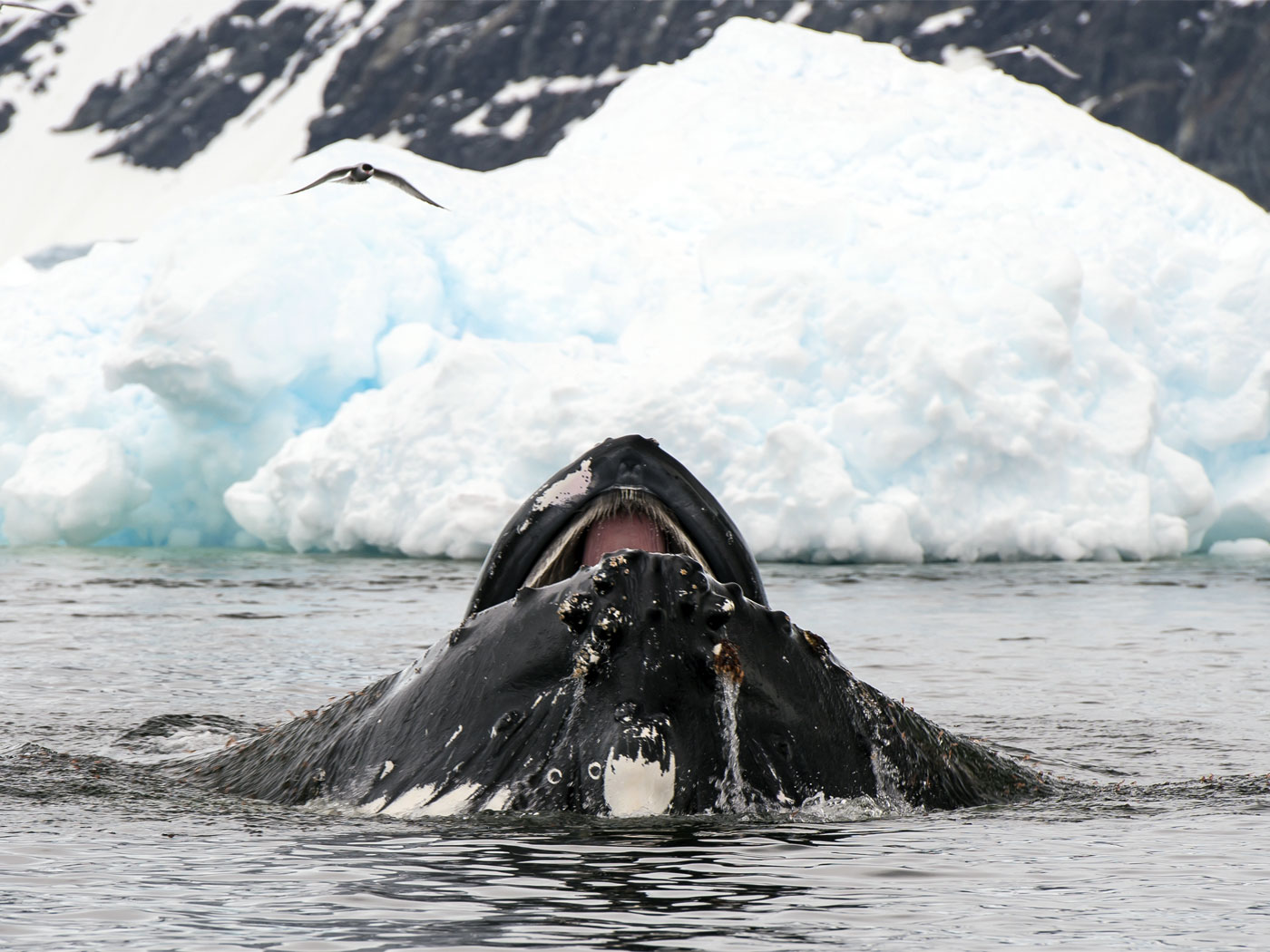The claim that all of today's animals came from one animal-like ancestor long ago seems wildly unreasonable. For this to happen, countless new and perfectly-fitted body parts, along with thousands of precisely structured biochemicals, would have to be invented through random natural processes. A new study on protein evolution attempts to give this scenario some plausibility—but does it answer the real question of where these proteins came from?
A team of evolutionary biologists proposed a way to simplify the evolution of a class of proteins called nuclear receptors. These proteins regulate DNA transcription using a host of different strategies—sometimes speeding it up, and at other times slowing it down. One group of nuclear receptors uses a ligand, a tiny chemical that fits into a "notch" in the nuclear receptor like a key fits into a lock.
In a study published in the online scientific journal PLoS Biology, the team gathered evidence to support their hypothesis that nuclear receptors evolved through "molecular tinkering." They wrote, "Our findings indicate that NR LBDs evolved their functional diversity by tinkering with a ligand-dependent transcriptional activator."1
However, the authors overlooked a few important considerations, each of which would make their conclusion premature.
First, they used heavily biased methods that presumed evolution to be fact before they even approached the data, as evidenced in their technical paper's introduction:
Sequence data alone, however, cannot yield insight into the functions and structures of ancient proteins or the processes by which their descendants evolved.1
Also, when building their phylogenetic tree―a diagram showing which proteins they believe evolved into later proteins―the researchers assumed that sponges were the ancestors of all animals and they therefore set the sponge's nuclear receptors at the base of the diagram.
Then, in a clear case of data handpicking, they compared nuclear receptors from only 11 other genomes to a pre-assembled evolutionary tree made "from 30 other species strategically chosen to maximize phylogenetic accuracy and minimize redundant signal."1 In other words, their tree diagram began by conforming to Darwinian evolution, showing that the study's conclusions did not come from the protein sequence data.
The researchers also stated that the existence of a notch to accept a ligand, as well as a specific shape that tucks into the DNA spiral, "provides strong evidence that this function is derived from the common nuclear receptor ancestor."1 Here, their presuppositions prevented them from considering the equally valid possibility that near-identical structures are strong evidence for a common designer!
Second, the study failed to demonstrate how naturalistic "molecular tinkering" could have built these nuclear receptors, a "diverse superfamily of transcriptional regulators that play key roles in animal development, physiology, and reproduction."1 When the researchers themselves attempted to tinker with key parts in the protein's sequence, the results were broken proteins.
How many mutations were required to transform one known nuclear receptor into another? What are the chances of those mutations occurring? Does evolutionary history provide adequate time to offer those chances? Unrelated 2004 research found the likelihood for random mutations to produce a single meaningful protein fold to be one in 1064, far out of reach for even evolutionary time.2
The PLoS Biology authors resorted to sophistical assertions instead of actually demonstrating that chance-based mutations could have accomplished what the study claimed. For example, "in a few lineages, ligand-independent activity evolved by mutations that stabilized the active conformation [shape] in the absence of ligand."1 The researchers speak as though this unobserved "evolved activity" were fact rather than mere speculation.
Lastly, this study simply asked the wrong question. Even if one grants that evolution through mutations could transform one protein into another, either protein would be useless if it were not already an integral part of the larger necessary system of DNA regulation.
A minimum number of parts are required to regulate DNA. The whole cell (and the whole animal that depends on its cells) requires all of those parts. So the question that evolution would really need to answer is how DNA regulation―including its nuclear receptors, other chemicals, and coded instructions―could have "emerged" in a cell while that cell regulated its DNA the whole time.
Through their efforts to show how one class of proteins could have evolved, these investigators have only succeeded in expressing unscientific bias in favor of evolution, presenting conclusions that were not justified by the data, and demonstrating a failure to tackle the real question. Were these issues to be rectified, they might see that the best explanation for fine-tuned DNA regulation in all animal cells today, including nuclear receptor structure and function, is a Creator who specifically designed it.
References
- Bridgham, J. T. et al. 2010. Protein Evolution by Molecular Tinkering: Diversification of the Nuclear Receptor Superfamily from a Ligand-Dependent Ancestor. PLoS Biology. 8 (10): e1000497.
- Axe, D. D. 2004. Estimating the prevalence of protein sequences adopting functional enzyme folds. Journal of Molecular Biology. 341 (5): 1295-1315.
* Mr. Thomas is Science Writer at the Institute for Creation Research.
Article posted on October 25, 2010.

























